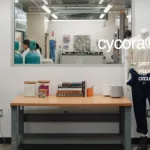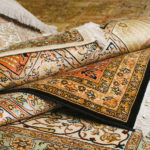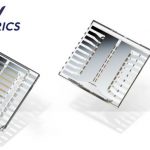L. VAN DER SCHUEREN, K. DE CLERCK,
Ghent University, Department of Textiles, Zwijnaarde (Ghent), Belgium
Recently, an increasing interest in pH-sensitive textiles is recognized. These chromic textiles can be used as flexible sensors for various applications. The aim of the current research is to develop textile pHsensors through the application of pH-sensitive dyes on various textile materials using different techniques. The results of our study show that halochromic dyes can be incorporated into conventional textiles by a standard dyeing technique. Also coating the fabrics with a sol-gel layer containing the halochromic dye proved to be successful. The majority of these developed materials showed a clearly visible colour change with a pH-variation. The response of the sensors was dependent on the density of the fabric but was generally relatively fast, especially for the sol-gel treated fabrics. The halochromic colouration of nanofibres was realized by directly adding the dyes during the fibre formation, which was shown to be highly effective. Again, a clear halochromic shift was observed. The response of these sensors was fast thanks to the high porosity of nanofibrous nonwovens. Yet, it should be kept in mind that the halochromic behaviour of the dyes in the textile matrix altered compared to their behaviour in solution which is most likely attributed to dye-fibre interactions.
Back to the Abstracts of the
4th Intl Conference “Smart Materials, Structures and Systems”





